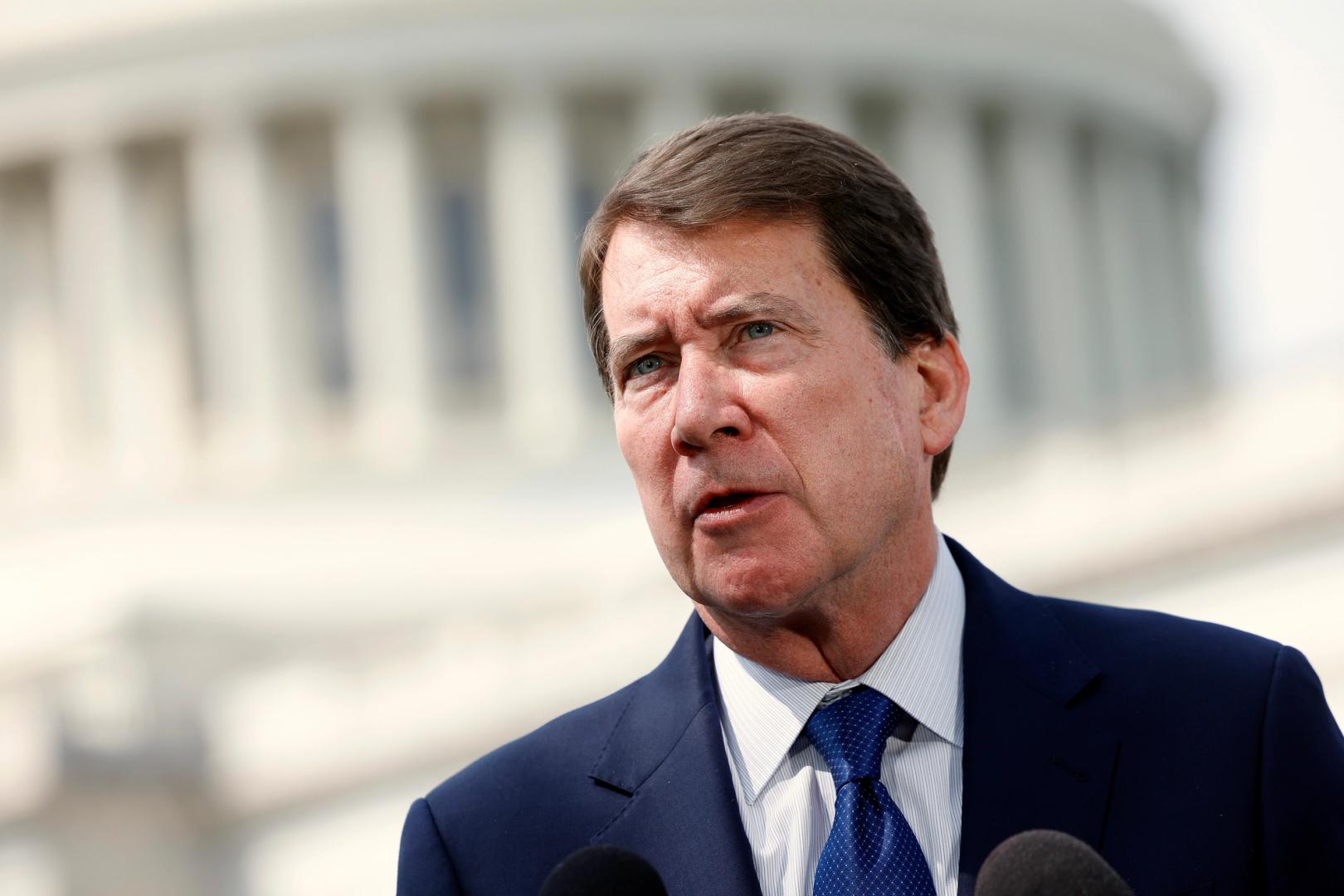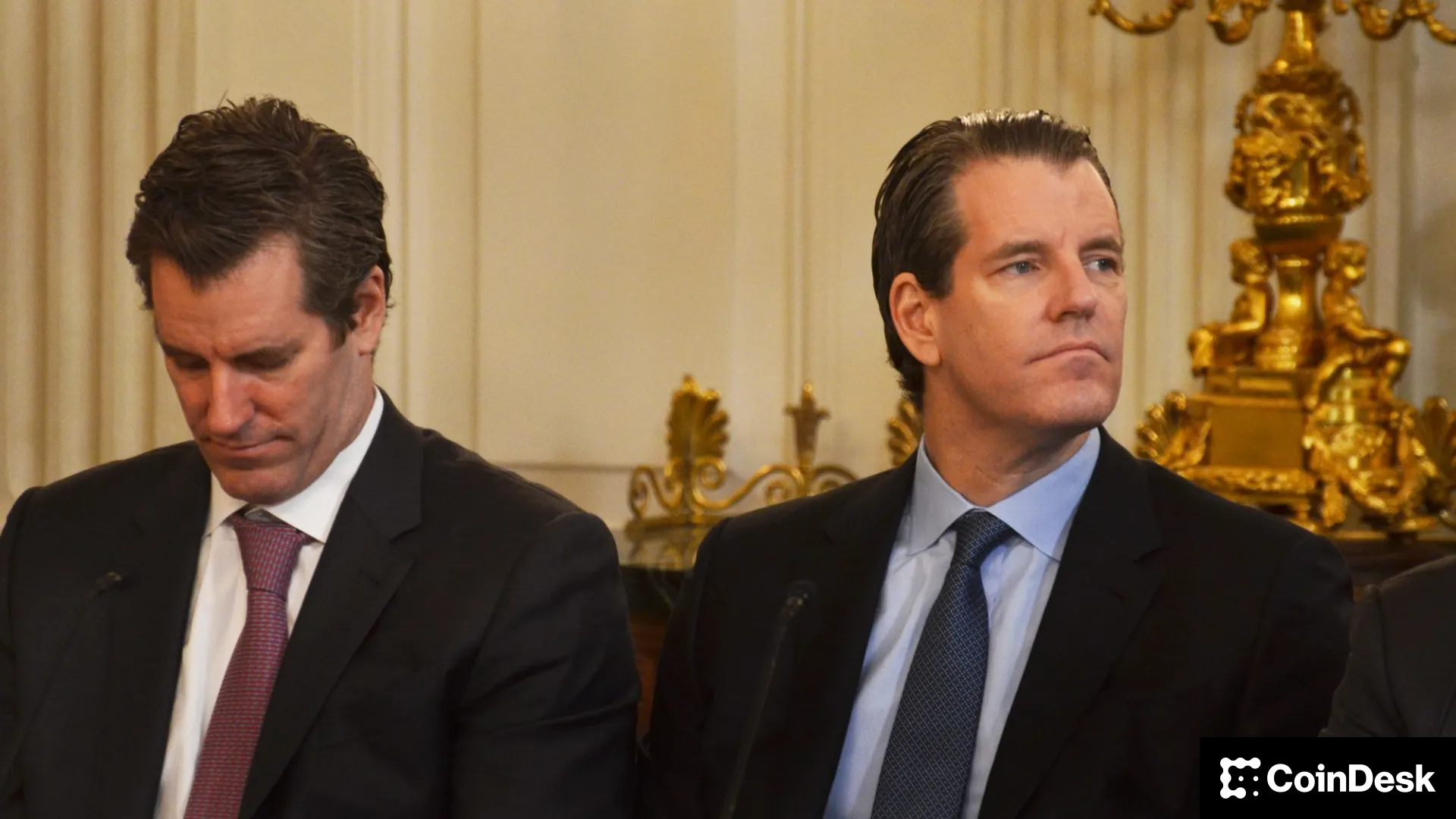Uncategorized
U.S. Senate Passes GENIUS Act to Regulate Stablecoins, Marking Crypto Industry Win

The overwhelming bipartisan passage of the U.S. Senate’s stablecoin bill, with a 68-30 final vote that saw a huge surge of Democrats joining their Republican counterparts on Tuesday, sets a new high-water mark of crypto policy efforts in the U.S. as the legislation now heads to the House of Representatives.
The major Democratic backing for the Guiding and Establishing National Innovation for U.S. Stablecoins of 2025 (GENIUS) Act helps give it momentum as it lands in the other chamber, where House lawmakers can either vote on it as written or pursue changes that will require a final round in the Senate before it can head to President Donald Trump’s desk.
As written, the bill would set up guardrails around the approval and supervision of U.S. issuers of stablecoins, the dollar-based tokens such as the ones backed by Circle, Ripple and Tether. Firms making these digital assets available to U.S. users would have to meet stringent reserve demands, transparency requirements, money-laundering compliance and regulatory supervision that’s also likely to include new capital rules.
Ji Kim, the Acting CEO of the Crypto Council for Innovation, called it a «historic step forward for the digital asset industry,» in a prepared statement shared ahead of the vote
«This is a win for the U.S., a win for innovation and a monumental step towards appropriate regulation for digital assets in the United States,» said Amanda Tuminelli, executive director and chief legal officer of the DeFi Education Fund, in a similar statement.
While it has failed to convince some of the most vocal Democratic critics such as Senator Elizabeth Warren, who say it allows loopholes for foreign tokens such as Tether’s USDT, doesn’t deal with conflicts presented by the personal crypto involvement of President Trump and clears a path for technology giants such as Amazon to issue their own coins, the bill’s backers in her party have essentially argued that doing nothing isn’t an option.
«With this bill, the United States is one step closer to becoming the global leader in crypto,» said Senator Bill Hagerty, the Tennessee Republican who sponsored the bill, as the Senate prepared to vote on Tuesday. «The value of stablecoins will be pegged to the U.S. dollar and backed one-to-one by cash and short-term U.S. Treasuries. This will provide certainty and confidence for more wide-scale adoption of this transformational technology.”
While this is the first significant crypto bill to clear the Senate, it’s also the first time a stablecoin bill has passed either chamber, despite years of negotiation in the House Financial Services Committee that managed to produce other major crypto legislation in the previous congressional session.
The destiny of the GENIUS Act is also tied closely to the House’s own Digital Asset Market Clarity Act, the more sweeping crypto bill that would establish the legal footing of the wider U.S. crypto markets. The stablecoin effort is slightly ahead of the bigger task of the market structure bill, but the industry and their lawmaker allies argue that they’re inextricably connected and need to become law together. So far, the Clarity Act has been cleared by the relevant House committees and awaits floor action.
The crypto industry’s lobbyists turn now to the House on both those issues. A new report on Tuesday from TRM Labs says that stablecoins represent more than 60% of current crypto transactions, and more than 90% of those coins are pegged to the U.S. dollar — dominated by USDC and USDT.
«Although TRM estimates that 99% of stablecoin activity is licit, their speed, scale, and liquidity have made them appealing for illicit uses, including ransomware payments, fraud, and terrorist financing,» the analytical organization noted.
Illicit finance represents one of the major complaints of critics in Congress.
Read More: Can Tether’s Dominance Survive the U.S. Stablecoin Bill?
Business
Crypto Trading Firm Keyrock Buys Luxembourg’s Turing Capital in Asset Management Push

Crypto trading firm Keyrock said it’s expanding into asset and wealth management by acquiring Turing Capital, a Luxembourg-registered alternative investment fund manager.
The deal, announced on Tuesday, marks the launch of Keyrock’s Asset and Wealth Management division, a new business unit dedicated to institutional clients and private investors.
Keyrock, founded in Brussels, Belgium and best known for its work in market making, options and OTC trading, said it will fold Turing Capital’s investment strategies and Luxembourg fund management structure into its wider platform. The division will be led by Turing Capital co-founder Jorge Schnura, who joins Keyrock’s executive committee as president of the unit.
The company said the expansion will allow it to provide services across the full lifecycle of digital assets, from liquidity provision to long-term investment strategies. «In the near future, all assets will live onchain,» Schnura said, noting that the merger positions the group to capture opportunities as traditional financial products migrate to blockchain rails.
Keyrock has also applied for regulatory approval under the EU’s crypto framework MiCA through a filing with Liechtenstein’s financial regulator. If approved, the firm plans to offer portfolio management and advisory services, aiming to compete directly with traditional asset managers as well as crypto-native players.
«Today’s launch sets the stage for our longer-term ambition: bringing asset management on-chain in a way that truly meets institutional standards,» Keyrock CSO Juan David Mendieta said in a statement.
Read more: Stablecoin Payments Projected to Top $1T Annually by 2030, Market Maker Keyrock Says
Business
Crypto Trading Firm Keyrock Buys Luxembourg’s Turing Capital in Asset Management Push

Crypto trading firm Keyrock said it’s expanding into asset and wealth management by acquiring Turing Capital, a Luxembourg-registered alternative investment fund manager.
The deal, announced on Tuesday, marks the launch of Keyrock’s Asset and Wealth Management division, a new business unit dedicated to institutional clients and private investors.
Keyrock, founded in Brussels, Belgium and best known for its work in market making, options and OTC trading, said it will fold Turing Capital’s investment strategies and Luxembourg fund management structure into its wider platform. The division will be led by Turing Capital co-founder Jorge Schnura, who joins Keyrock’s executive committee as president of the unit.
The company said the expansion will allow it to provide services across the full lifecycle of digital assets, from liquidity provision to long-term investment strategies. «In the near future, all assets will live onchain,» Schnura said, noting that the merger positions the group to capture opportunities as traditional financial products migrate to blockchain rails.
Keyrock has also applied for regulatory approval under the EU’s crypto framework MiCA through a filing with Liechtenstein’s financial regulator. If approved, the firm plans to offer portfolio management and advisory services, aiming to compete directly with traditional asset managers as well as crypto-native players.
«Today’s launch sets the stage for our longer-term ambition: bringing asset management on-chain in a way that truly meets institutional standards,» Keyrock CSO Juan David Mendieta said in a statement.
Read more: Stablecoin Payments Projected to Top $1T Annually by 2030, Market Maker Keyrock Says
Business
Gemini Shares Slide 6%, Extending Post-IPO Slump to 24%

Gemini Space Station (GEMI), the crypto exchange founded by Cameron and Tyler Winklevoss, has seen its shares tumble by more than 20% since listing on the Nasdaq last Friday.
The stock is down around 6% on Tuesday, trading at $30.42, and has dropped nearly 24% over the past week. The sharp decline follows an initial surge after the company raised $425 million in its IPO, pricing shares at $28 and valuing the firm at $3.3 billion before trading began.
On its first day, GEMI spiked to $45.89 before closing at $32 — a 14% premium to its offer price. But since hitting that high, shares have plunged more than 34%, erasing most of the early enthusiasm from public market investors.
The broader crypto equity market has remained more stable. Coinbase (COIN), the largest U.S. crypto exchange, is flat over the past week. Robinhood (HOOD), which derives part of its revenue from crypto, is down 3%. Token issuer Circle (CRCL), on the other hand, is up 13% over the same period.
Part of the pressure on Gemini’s stock may stem from its financials. The company posted a $283 million net loss in the first half of 2025, following a $159 million loss in all of 2024. Despite raising fresh capital, the numbers suggest the business is still far from turning a profit.
Compass Point analyst Ed Engel noted that GEMI is currently trading at 26 times its annualized first-half revenue. That multiple — often used to gauge whether a stock is expensive — means investors are paying 26 dollars for every dollar the company is expected to generate in sales this year. For a loss-making company in a volatile sector, that’s a steep price, and could be fueling investor skepticism.
-

 Business11 месяцев ago
Business11 месяцев ago3 Ways to make your business presentation more relatable
-

 Fashion11 месяцев ago
Fashion11 месяцев agoAccording to Dior Couture, this taboo fashion accessory is back
-

 Entertainment11 месяцев ago
Entertainment11 месяцев ago10 Artists who retired from music and made a comeback
-

 Entertainment11 месяцев ago
Entertainment11 месяцев ago\’Better Call Saul\’ has been renewed for a fourth season
-

 Entertainment11 месяцев ago
Entertainment11 месяцев agoNew Season 8 Walking Dead trailer flashes forward in time
-

 Business11 месяцев ago
Business11 месяцев ago15 Habits that could be hurting your business relationships
-

 Entertainment11 месяцев ago
Entertainment11 месяцев agoMeet Superman\’s grandfather in new trailer for Krypton
-

 Entertainment11 месяцев ago
Entertainment11 месяцев agoDisney\’s live-action Aladdin finally finds its stars




